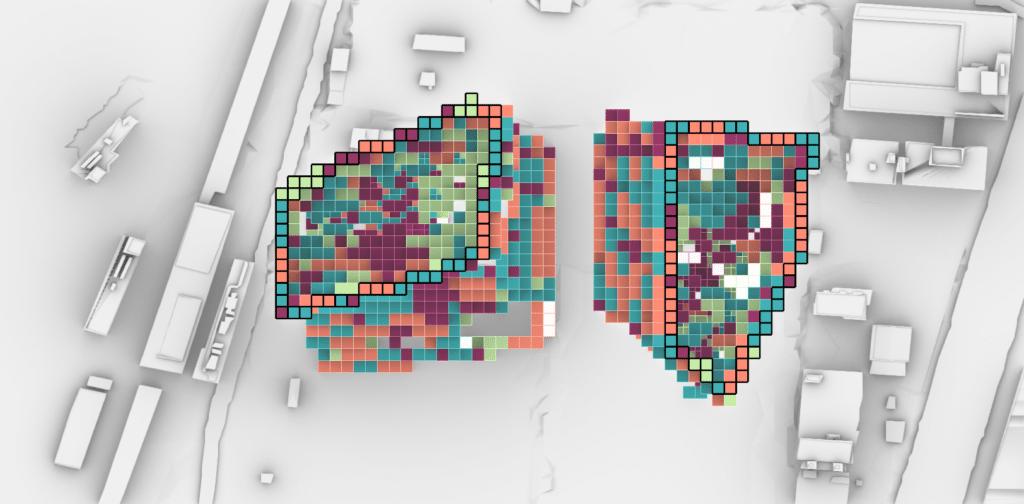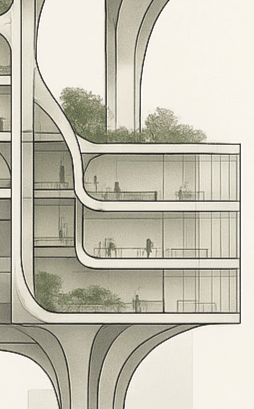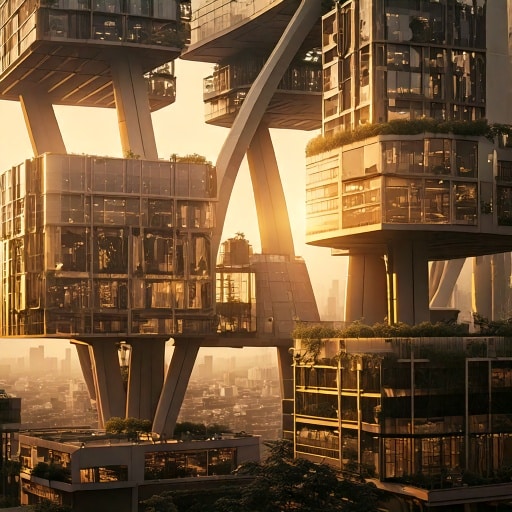Algorithm Aided Design
Design Concept
Urban density
Over the centuries, Tokyo has evolved into a sprawling megacity, blending its historical roots with modern advancements to address the challenges of space and density.

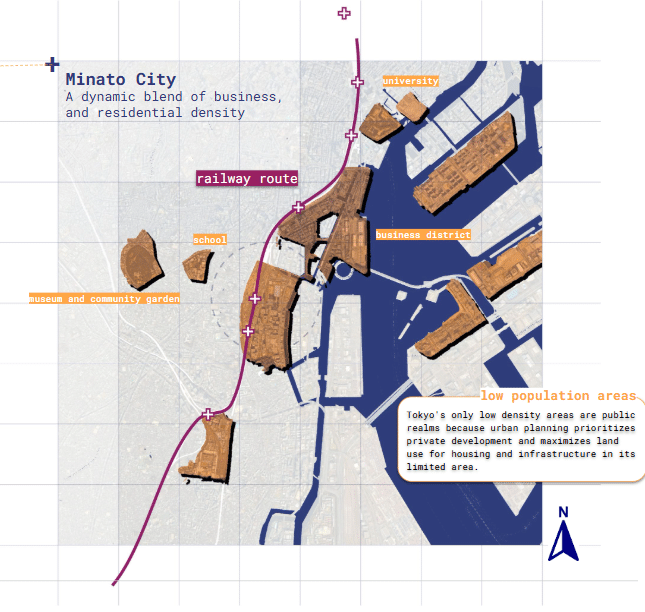
Clusterization
The 15-minute city is an urban planning concept that aims to create neighborhoods where most daily needs are within a 15-minute walk or bike ride. The proposal envisions residential units organized into compact, interconnected clusters spreading throughout the hyperbuilding. These clusters integrate shared amenities and seamlessly connect to mixed-use and communal spaces, ensuring accessibility and fostering a vibrant, self-sufficient living environment.

Data Driven Design

Goal 1 : City within city: Dividing hyperbuilding into 8 neighborhoods
Goal 2: High density building to match the urban of Tokyo city.
Goal 3: High density building but yet livable spaces.
Goal 4: Voxelised design to use modularity & modular construction.
Metrics and KPI’s

Design Workflow

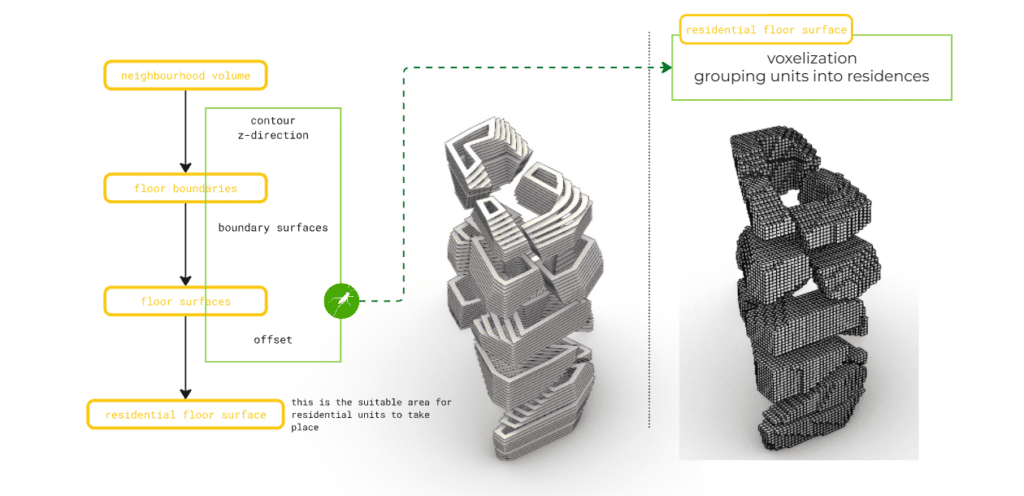
Computational Workflow

Count Occurence Algorithm : Extract Outer Boundary
The algorithm counts how many times an edge is used. It deselects when if all of the edges of the geometry is used twice.

Units are ensured to have at least one face adjacent to the floor connection and at least one face adjacent to the facade.


Unit Definition
Create 6 unit types to create diversity in the design.


Sliding Window Algorithm
adaptation of sliding window algorithm to the grasshopper script
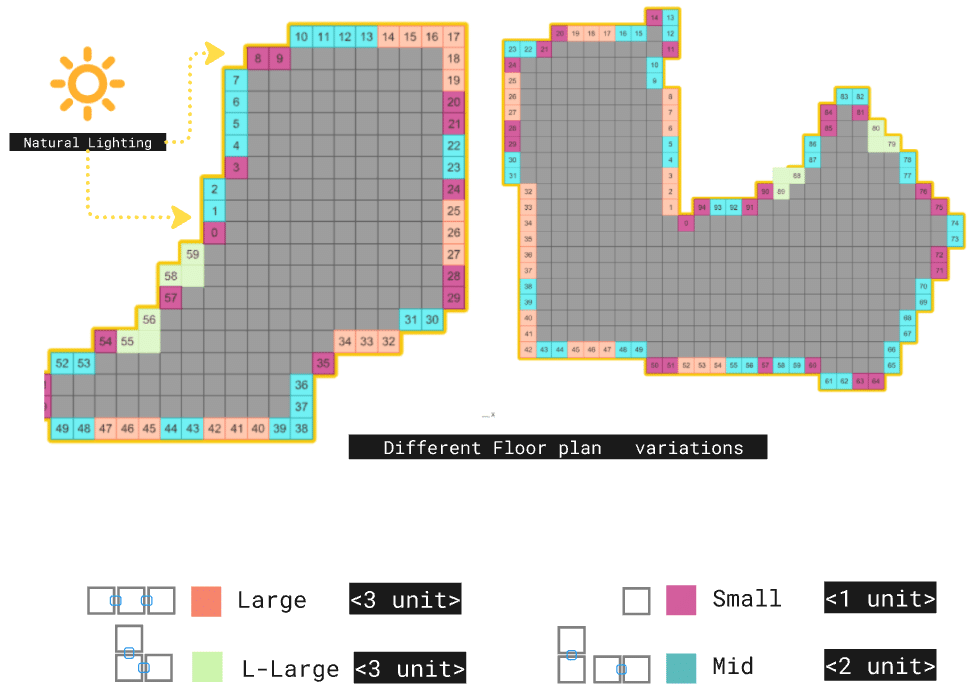

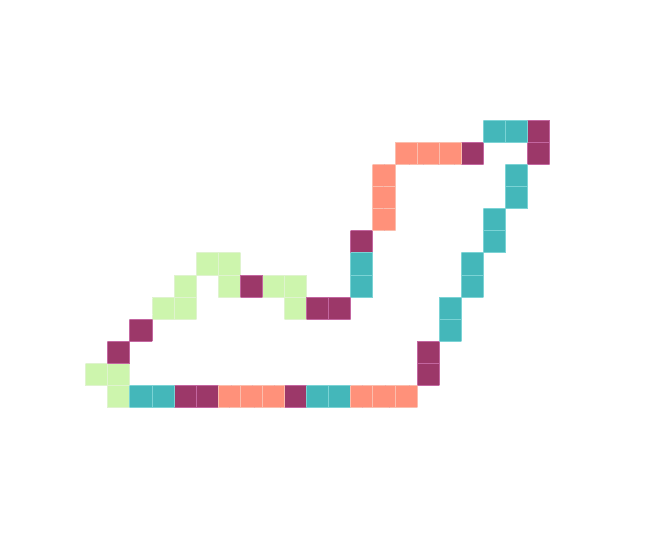

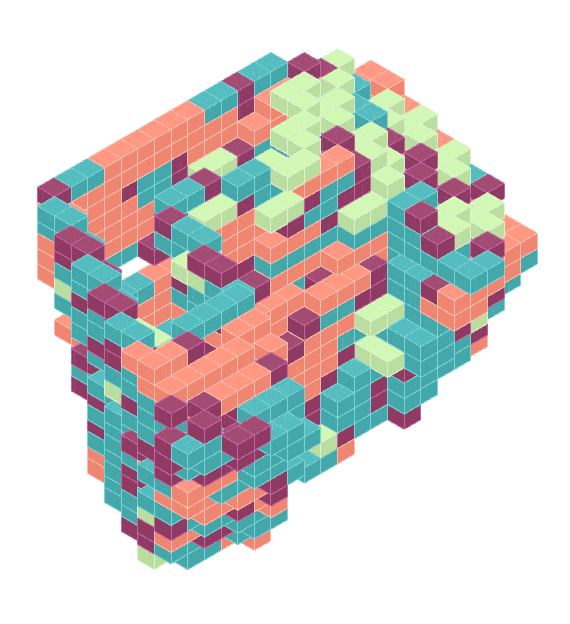

KPI’s
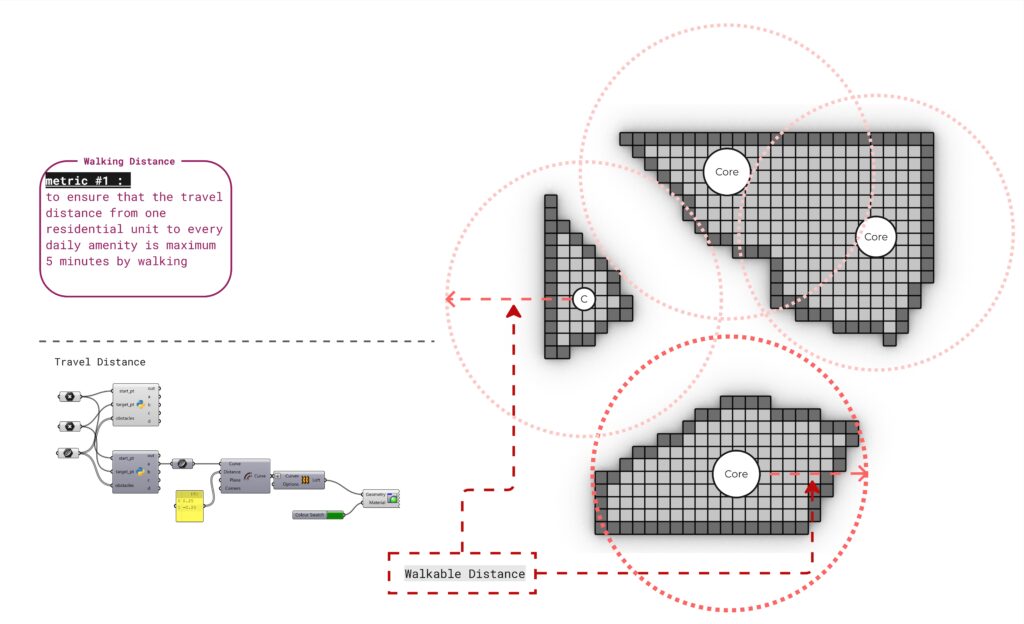






Metrics



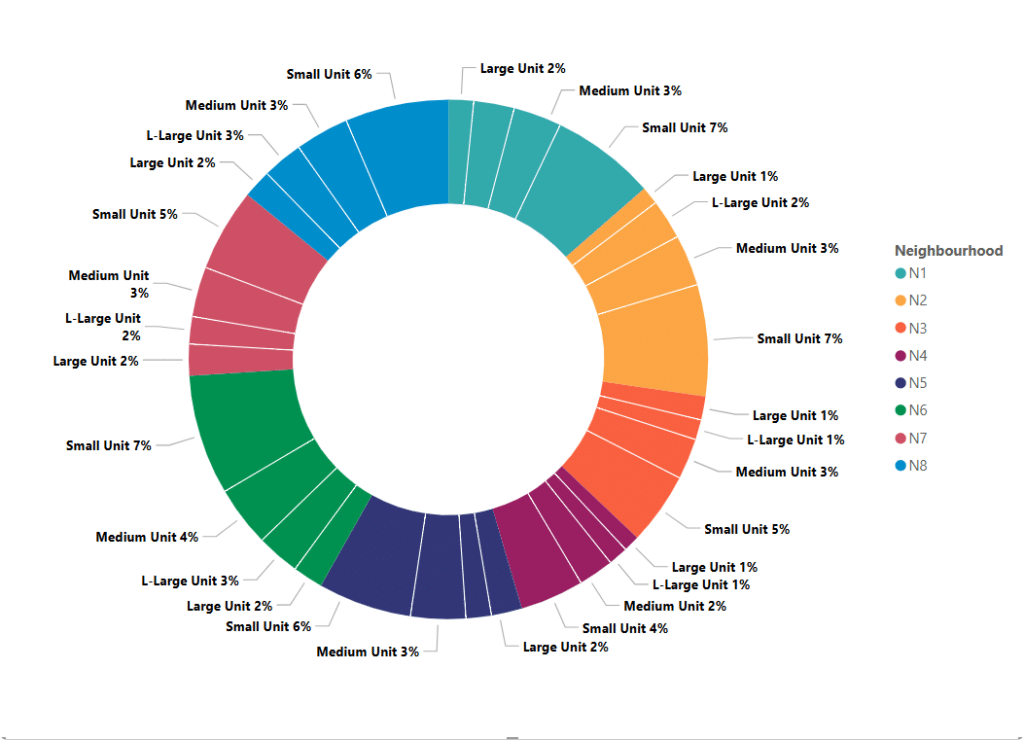


Results

